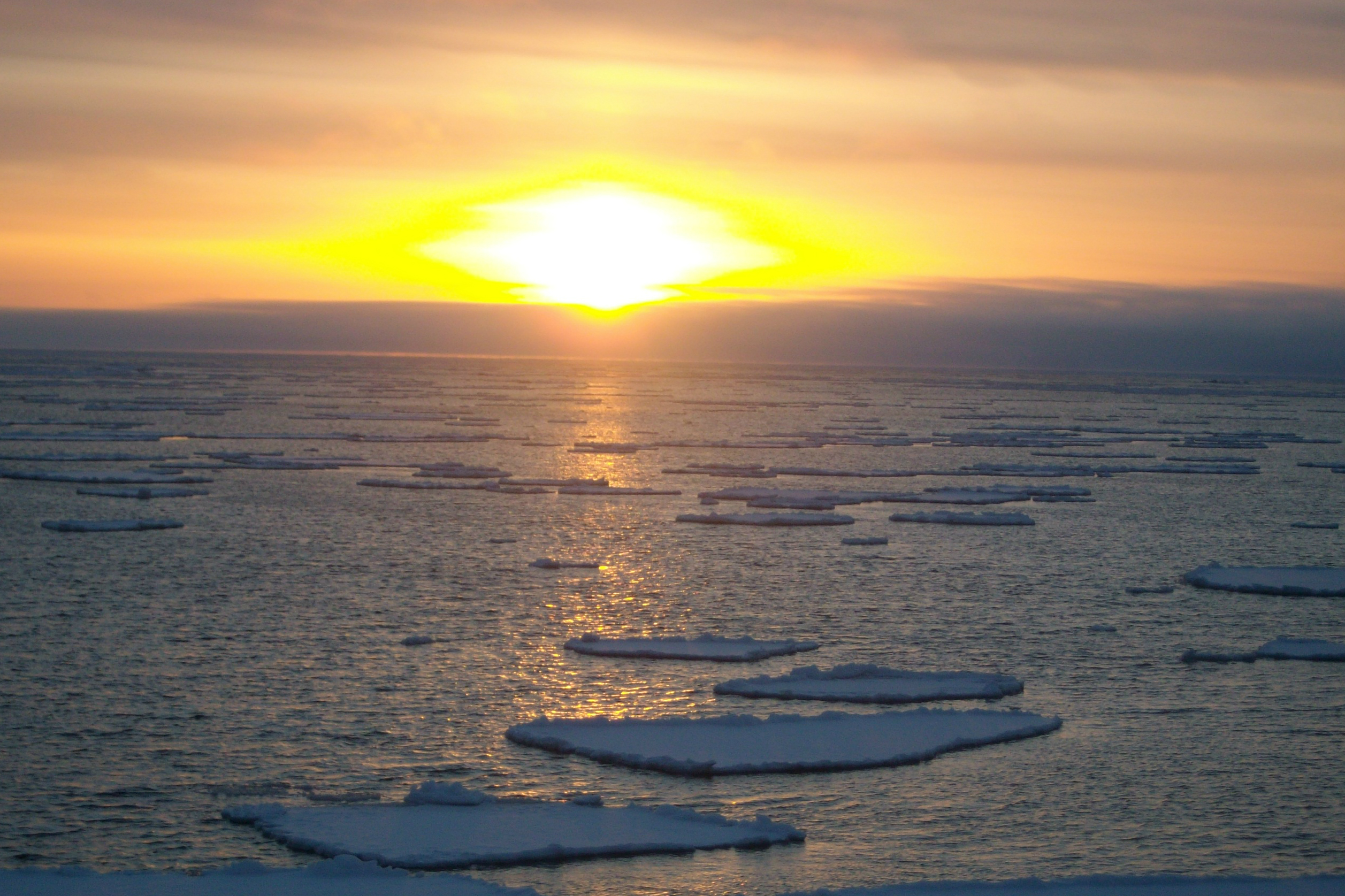Bering Sea ice was the lowest in 150 years this winter
“We need to be prepared for more years like this, or even worse.”

In 150 years of record-keeping, dating back to whalers’ journals kept long before the satellite era, the Bering Sea has never had less winter ice than it did this winter, scientists say.
A combination of warm air, warm water and storms with winds blowing in from the south set up the Bering Sea for its record-low winter ice, said Rick Thoman, climate science and services manager for the National Weather Service in Alaska. Such conditions have existed over the past few years, but its effects are building on each other, said Thoman, who presented information about the lack of ice at last month’s Western Alaska Interdisciplinary Science Conference in Nome.
While this winter’s Bering Sea ice was, by far, a record low, such conditions will not seem so unusual in the future, he said.
“We need to be prepared for more years like this, or even worse,” he said in an interview. The extraordinary conditions of this winter and those preceding it will likely be seen as inflection points in a trend toward open water in winter, he said. “I think in 20 years, we’ll look back, and the last few years will be seen as the steps down,” he said.
Now the University of Alaska Fairbanks’ International Arctic Research Center has published a report that summarizes findings by Thoman and others about the forces that hindered freeze-up this winter in the Bering Sea and in the southern Chukchi Sea.
Extraordinarily warm air and water temperatures have persisted for the past four years, the report said. The wind patterns that have forced warming in the North Pacific are also bringing warm water up into the Bering and through the Bering Strait, the report said. There is a feedback effect — open water absorbs more solar heat, which prevents freeze-up or melts ice that exists, opening more water to absorb yet more solar heat, the report said.
Lingering heat, combined with storms bringing southerly winds caused an unprecedented event — the meltdown of about half of the Bering’s ice in February, normally a time of peak freeze-up.
Ultimately, the Bering’s scarcity of ice helped drive the Arctic-wide winter maximum to the second lowest in the satellite record, after the 2017 maximum, the National Snow and Ice Data Center reported.
Lack of ice in the Bering Sea and in parts of the Chukchi had profound effects for some Alaska communities, the UAF report said.
On Little Diomede, an Alaska island less than three miles east of Russia’s Big Diomede, a storm in late February sent waves and ice rubble onto the beaches, over the community helipad and into the water-treatment plant, which was damaged. The storm waves also caused a power outage.
Around Saint Lawrence Island, where Yupik residents are dependent on subsistence walrus harvests for much of their food, open water and broken ice persisted until mid-March. That meant few walruses in the area, local villagers said.
In Shishmaref, where winter freeze-up was extremely late, open water persisted until mid-January, the UAF group reported. What ice did form was weak and easily broken, and storm waves repeatedly pushed ice chunks onto the beach, the UAF report said.
Even if the air temperature turns cold, Thoman said, the scarcity of Bering Sea winter ice will lead to a fast and extensive melt in months to come.
“This spring, I think, is baked in. It doesn’t matter what the atmosphere does. It’s going to be an early breakup,” he said.
Yereth Rosen is a 2018 Alicia Patterson Foundation fellow.